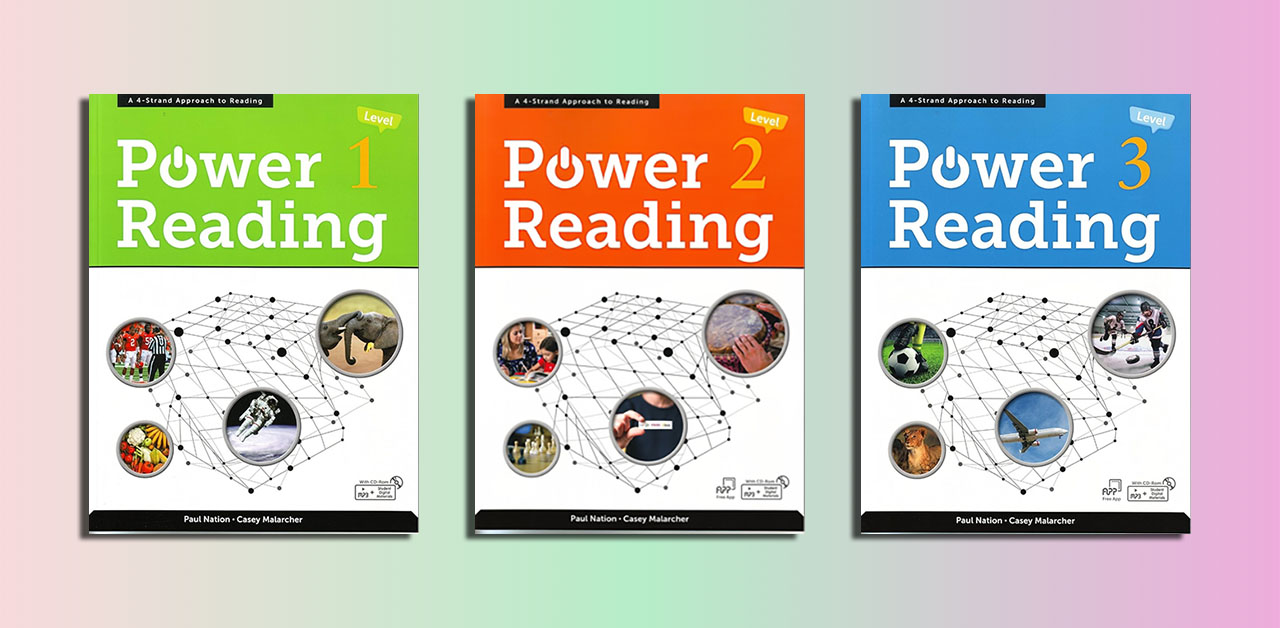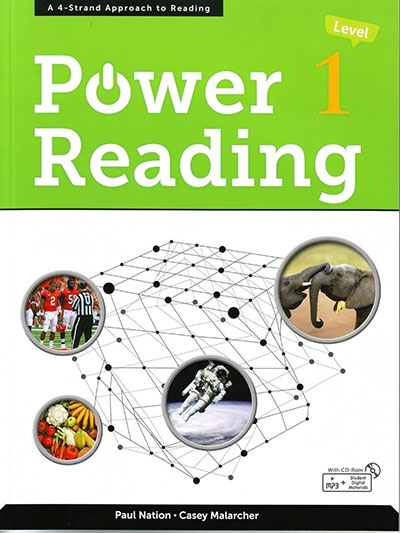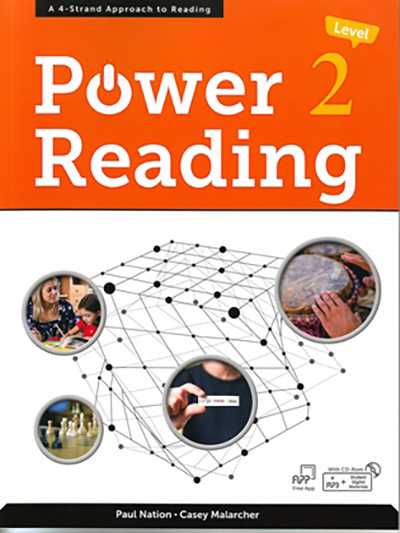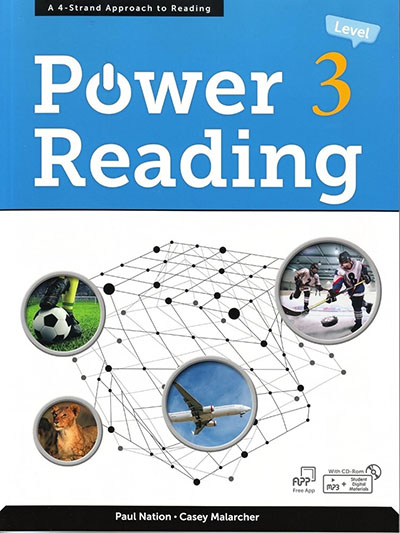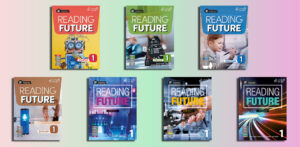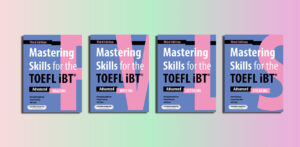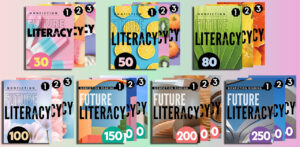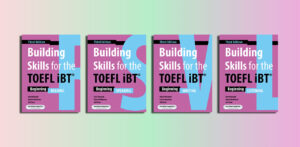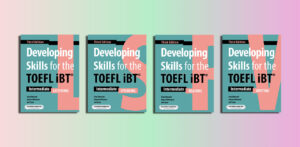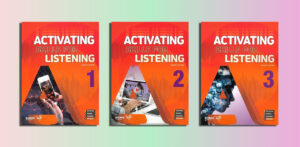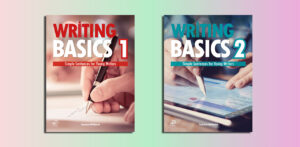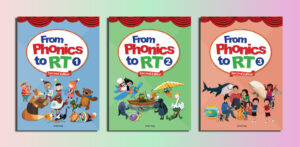Download, Compass, Online iTools
Download Compass Power Reading Pdf Resources (A2 / B1)
Power Reading (PDFs, Resources)
Level 1 (A2)
Answer Key – Audio – Review Test – Student Book – Teacher’s Guide – Transcripts – Translations – Unit Test – Word List EN – Word List – Word Test
Power Reading1 Student Book.pdf – Sample: Click
Level 2 (A2+)
Answer Key – Audio – Review Test – Student Book – Teacher’s Guide – Transcripts – Translations – Unit Test – Word List EN – Word List – Word Test
Power Reading 2 Student Book.pdf – Sample: Click
Level 3 (B1)
Answer Key – Audio – Review Test – Student Book – Teacher’s Guide – Transcripts – Translations – Unit Test – Word List EN – Word List – Word Test
Power Reading 3 Student Book.pdf – Sample: Click
| Name | Price | Buy |
|---|---|---|
| Power Reading 1 (PDFs, Resources) | $5 | |
| Power Reading 2 (PDFs, Resources) | $5 | |
| Power Reading 3 (PDFs, Resources) | $5 | |
| Power Reading - All 3 Levels (PDFs, Resources) | $12 |
Overview of the “Power Reading” by Compass Publishing
Contents
| ✅ Coursebook: | Power Reading |
| ✅ Authors: | Paul Nation, Casey Malarcher |
| ✅ Publisher: | Compass Publishing |
| ✅ English type: | International English |
| ✅ Levels: | A2, A2+, B1 |
| ✅ Skill: | Reading |
| ✅ For: | Secondary, Adult |
| ✅ Publication year: | 2016 |
“Power Reading” is a three-book reading series published by Compass Publishing, designed specifically for intermediate to advanced English language learners. Authored by Paul Nation and Casey Malarcher, this series aims to enhance reading comprehension, listening skills, and overall language proficiency through a structured, four-strand approach to language instruction. Each book in the series—Power Reading Level 1, Level 2, and Level 3—caters to progressively advanced learners, offering engaging content and practical exercises to support language development.
Key Features of Power Reading
1. Four-Strand Approach
The “Power Reading” series is built on a four-strand instructional framework that balances:
- Meaning-focused input: Reading and listening passages expose learners to authentic language use.
- Meaning-focused output: Activities encourage learners to produce language through speaking and writing.
- Language-focused learning: Vocabulary and grammar exercises reinforce key linguistic elements.
- Fluency development: Tasks promote faster, more confident reading and comprehension.
This comprehensive approach ensures learners develop well-rounded language skills while improving their ability to process and understand English texts.
2. Engaging and Informative Content
Each unit in the series includes reading and listening passages centered on related themes, designed to both inform and captivate readers. Topics are carefully selected to appeal to a wide audience, covering areas such as culture, science, history, and contemporary issues. The integration of audio recordings enhances listening skills and provides learners with exposure to natural English pronunciation and intonation.
3. Structured Exercises
The books feature a variety of exercises to reinforce comprehension and language skills, including:
- Comprehension questions: Test understanding of main ideas, details, and inferences.
- Vocabulary activities: Focus on key words and phrases to build a robust lexicon.
- Discussion prompts: Encourage critical thinking and oral communication.
- Writing tasks: Allow learners to apply what they’ve learned in written form.
These activities are designed to align with standardized English proficiency tests, making the series a valuable resource for test preparation.
4. Progressive Difficulty
The three levels of “Power Reading” cater to different stages of language proficiency:
- Level 1: Suitable for intermediate learners, introducing foundational reading and listening skills.
- Level 2: Targets upper-intermediate learners with more complex texts and tasks.
- Level 3: Designed for advanced learners, featuring challenging content to refine fluency and comprehension.
This progression allows learners to build on their skills systematically as they advance through the series.
5. Supplementary Resources
Compass Publishing provides additional materials to support the “Power Reading” series, including:
- Audio recordings: Available online to complement the listening components.
- Teacher resources: Guides and answer keys to assist educators in implementing the series.
- Vocabulary lists: Accessible online for focused study and review.
These resources make the series adaptable for both classroom use and self-study.
Conclusion
“Power Reading” by Compass Publishing is a dynamic and effective resource for intermediate to advanced English language learners. Its four-strand approach, engaging content, and supplementary materials make it a versatile tool for both classroom and independent study. Whether you’re a student aiming to boost your reading and listening skills or an educator seeking a comprehensive curriculum, “Power Reading” offers a structured path to language mastery.
Power Reading 1 Student Book
Who is suitable for “Power Reading”?
“Power Reading” by Compass Publishing is suitable for:
- Intermediate to Advanced English Language Learners: The series is designed for learners at intermediate (Level 1), upper-intermediate (Level 2), and advanced (Level 3) proficiency levels.
- Students Preparing for Standardized Tests: Its structured exercises align with tests like TOEFL or IELTS, making it ideal for test-takers.
- Classroom Learners: The series is perfect for English language classrooms, with teacher resources and group activities.
- Self-Study Learners: Supplementary materials like audio recordings and vocabulary lists support independent study.
- Educators: Teachers seeking a comprehensive curriculum with engaging content and measurable outcomes will find it valuable.
- Learners Interested in Fluency and Comprehension: Those aiming to improve reading, listening, vocabulary, and critical thinking skills through thematic, authentic content.
It suits both academic and personal growth goals for English learners aged teens to adults.
Power Reading 2 Student Book
The benefits of “Power Reading”
- Enhanced Reading Comprehension: Engaging, thematic passages improve understanding of main ideas, details, and inferences, fostering stronger reading skills.
- Improved Listening Skills: Audio recordings expose learners to natural English pronunciation and intonation, enhancing listening proficiency.
- Expanded Vocabulary: Targeted vocabulary exercises build a robust lexicon, aiding communication and comprehension.
- Balanced Language Development: The four-strand approach (meaning-focused input/output, language-focused learning, fluency development) ensures well-rounded progress in reading, listening, speaking, and writing.
- Test Preparation: Structured exercises align with standardized tests like TOEFL and IELTS, helping learners prepare effectively.
- Critical Thinking and Discussion: Thought-provoking content and discussion prompts encourage analytical skills and confident oral expression.
- Flexibility for Learning: Suitable for both classroom and self-study, with supplementary resources like audio files and vocabulary lists for independent practice.
- Progressive Skill Building: Three levels (intermediate to advanced) allow learners to advance systematically, building confidence and fluency.
- Engaging Content: Informative topics in culture, science, and history keep learners motivated and interested.
- Teacher Support: Comprehensive teacher resources, including guides and answer keys, streamline lesson planning and implementation.
“Power Reading” empowers learners with practical skills and confidence while supporting educators with effective teaching tools.
Power Reading 3 Student Book
Effective learning strategies for “Power Reading”
To maximize the benefits of the “Power Reading” series, learners can adopt the following strategies tailored to its structure and content:
Preview the Unit Theme:
- Before starting a unit, skim the title, headings, and images to familiarize yourself with the topic. This activates prior knowledge and sets a purpose for reading.
- Example: For a unit on environmental issues, think about related vocabulary or concepts you already know.
Engage Actively with Reading Passages:
- Read actively by underlining key ideas, circling unfamiliar words, or jotting notes in the margins. This improves comprehension and retention.
- Use the comprehension questions to guide your focus on main ideas, supporting details, and inferences.
Leverage Audio Resources:
- Listen to the accompanying audio recordings multiple times to improve listening skills. First, listen for general understanding, then focus on specific details or pronunciation.
- Mimic the speaker’s intonation and rhythm to enhance speaking fluency.
Practice Vocabulary Systematically:
- Create flashcards or use apps like Quizlet to review unit-specific vocabulary. Group words by theme or part of speech for better retention.
- Use new words in sentences or discussions to reinforce meaning and context.
Complete Exercises Strategically:
- Tackle comprehension and vocabulary exercises immediately after reading to reinforce understanding while the content is fresh.
- Review incorrect answers to identify patterns in mistakes, such as misinterpreting questions or overlooking details.
Engage in Discussion Activities:
- Participate actively in discussion prompts to practice speaking and critical thinking. If studying alone, write out responses or record yourself answering questions aloud.
- Collaborate with peers or a study group to share perspectives and deepen understanding of the material.
Incorporate Writing Practice:
- Use the writing tasks to practice expressing ideas clearly. Start with simple summaries of the reading, then progress to opinion-based responses.
- Seek feedback from a teacher or peer to refine grammar, structure, and clarity.
Set Fluency Goals:
- Practice timed reading to increase speed without sacrificing comprehension. Track progress by noting how long it takes to read a passage accurately over time.
- Re-read passages aloud to improve pronunciation and fluency.
Use Supplementary Resources:
- Access Compass Publishing’s online vocabulary lists and audio files for extra practice. Create a study schedule to review these materials regularly.
- Explore related topics online (e.g., articles or videos) to deepen understanding and make connections with the unit themes.
Reflect and Review:
- After completing a unit, summarize what you’ve learned, including new vocabulary, key ideas, and skills practiced. This reinforces retention.
- Periodically revisit earlier units to refresh knowledge and assess progress in reading and listening skills.
Align with Personal Goals:
- If preparing for tests like TOEFL or IELTS, focus on exercises that mirror test formats, such as multiple-choice questions or summarizing passages.
- Tailor study sessions to address weaker areas, such as vocabulary retention or listening for details.
Maintain Consistency:
Dedicate regular time to “Power Reading” (e.g., 30–60 minutes daily) to build habits and see steady improvement.
Break study sessions into focused segments: 15 minutes for reading, 15 for listening, and 15 for exercises.
Tips for Self-Study Learners:
- Simulate a classroom environment by setting deadlines for completing units.
- Join online forums or language exchange platforms to discuss unit topics with other learners.
Tips for Classroom Learners:
- Actively participate in group activities to practice speaking and collaboration.
- Ask teachers for clarification on challenging concepts or exercises to deepen understanding.
By combining these strategies with the structured content of “Power Reading,” learners can effectively enhance their reading, listening, vocabulary, and overall English proficiency while staying motivated and engaged.
Effective teaching strategies for “Power Reading”
To maximize the impact of the “Power Reading” series in the classroom, educators can implement the following strategies, leveraging its four-strand approach (meaning-focused input/output, language-focused learning, fluency development) and supplementary resources:
Pre-Unit Activation:
- Introduce the unit’s theme with a short discussion, brainstorming session, or visual aids to activate students’ prior knowledge and spark interest.
- Example: For a unit on technology, show a short video or ask students to share their experiences with gadgets to connect to the topic.
Scaffold Reading Activities:
- Break reading passages into manageable sections. Start with a guided preview (e.g., skimming for headings or key terms) to set a purpose for reading.
- Use think-aloud techniques to model how to identify main ideas, make inferences, or tackle unfamiliar words, helping students develop independent reading strategies.
Incorporate Collaborative Learning:
- Organize pair or small-group activities for comprehension questions and discussion prompts to encourage peer interaction and critical thinking.
- Assign roles (e.g., note-taker, speaker) during group discussions to ensure active participation and practice of meaning-focused output.
Maximize Audio Resources:
- Play audio recordings in class to enhance listening skills. Use a three-step approach: first for gist, second for details, and third for specific language features like pronunciation or intonation.
- Pause recordings to ask predictive or comprehension questions, engaging students and reinforcing listening strategies.
Targeted Vocabulary Instruction:
- Introduce key vocabulary before reading using visuals, realia, or context-based examples to make words memorable.
- Use games (e.g., vocabulary bingo, matching exercises) or online tools like Quizlet to reinforce unit-specific terms, encouraging retention through language-focused learning.
Differentiate Instruction:
- Adapt tasks to suit varying proficiency levels. For example, provide sentence starters for writing tasks to support lower-level learners or challenge advanced students with extended discussion questions.
- Offer choice in activities (e.g., summarizing vs. debating a topic) to cater to different learning styles and interests.
Promote Fluency Development:
- Incorporate timed reading exercises to build reading speed and confidence. Track progress over time to motivate students.
- Use role-plays or read-aloud activities to practice pronunciation and fluency, drawing from the audio components.
Integrate Writing and Speaking:
- Use the series’ writing tasks as opportunities for structured output. Provide clear models (e.g., sample paragraphs) and feedback on grammar, coherence, and vocabulary use.
- Facilitate speaking activities like debates or presentations based on unit themes to practice meaning-focused output and build confidence.
Utilize Supplementary Resources:
- Leverage Compass Publishing’s teacher guides, answer keys, and online materials (e.g., audio files, vocabulary lists) to streamline lesson planning and ensure alignment with learning objectives.
- Assign online vocabulary exercises as homework to reinforce classroom learning and free up class time for interactive tasks.
Incorporate Formative Assessment:
- Use comprehension and vocabulary exercises as quick checks for understanding. Review common errors in class to address gaps in knowledge.
- Conduct regular progress checks (e.g., quizzes or short presentations) to monitor fluency and comprehension, aligning with test-preparation goals if relevant.
Foster Critical Thinking:
- Extend discussion prompts with open-ended questions to encourage analysis and personal reflection. For example, ask students to connect unit topics to real-world issues or their own experiences.
- Use graphic organizers (e.g., mind maps, Venn diagrams) to help students visualize relationships between ideas in the reading.
Create a Supportive Environment:
- Encourage a growth mindset by praising effort and progress, especially for challenging tasks like inferential questions or extended writing.
- Build a classroom culture of collaboration by rotating group members and celebrating diverse perspectives during discussions.
Align with Standardized Tests:
- Highlight exercises that mirror TOEFL or IELTS formats (e.g., multiple-choice questions, summarizing) to prepare students for exams.
- Teach test-taking strategies, such as time management or identifying distractors in comprehension questions, using “Power Reading” content.
Encourage Reflection and Goal-Setting:
- At the end of each unit, have students reflect on what they’ve learned (e.g., new vocabulary, improved skills) and set goals for the next unit.
- Use journals or exit tickets to gather feedback on what students found challenging or engaging, adjusting instruction accordingly.
Integrate Technology:
- Use learning management systems (e.g., Google Classroom) to share audio files, track homework, or facilitate online discussions.
- Incorporate multimedia (e.g., related TED Talks or articles) to extend unit themes and provide additional context for advanced learners.
Practical Tips:
- Lesson Planning: Structure lessons with a clear flow—warm-up (5–10 minutes), reading/listening (15–20 minutes), exercises/discussion (15–20 minutes), and wrap-up (5–10 minutes)—to maintain engagement.
- Time Management: Prioritize interactive tasks in class and assign vocabulary or writing exercises as homework to optimize class time.
- Cultural Relevance: Relate unit themes to students’ cultural or local contexts to make content more relatable and foster deeper engagement.
By implementing these strategies, teachers can effectively harness the “Power Reading” series to create dynamic, student-centered lessons that enhance English proficiency, critical thinking, and test readiness while keeping learners motivated and engaged.


